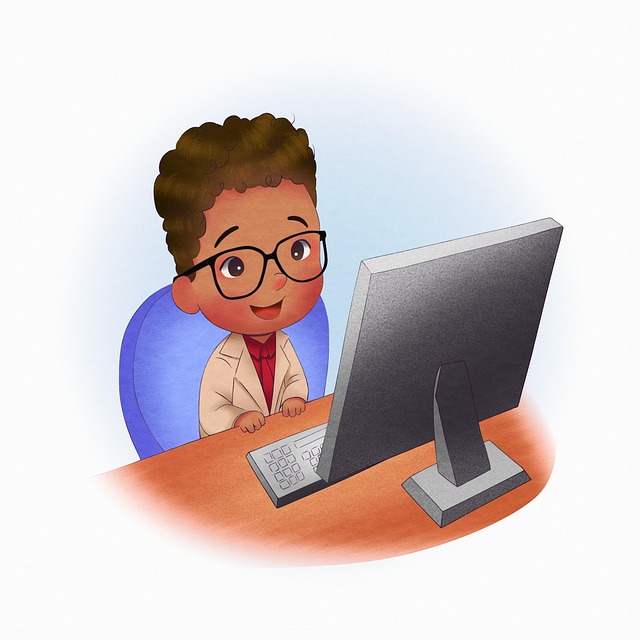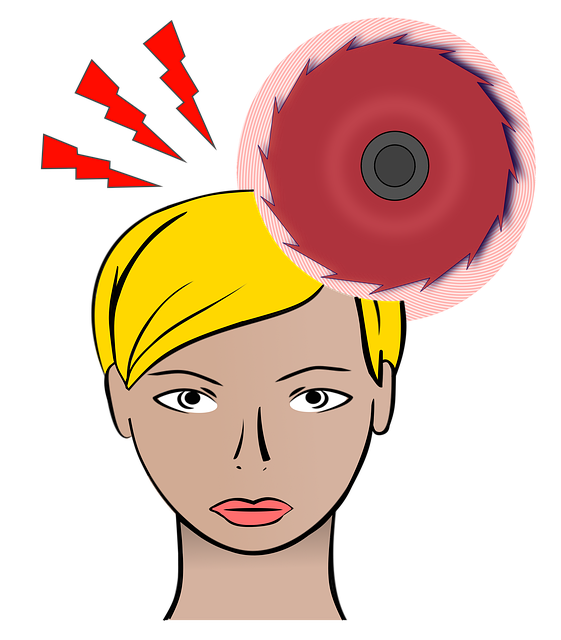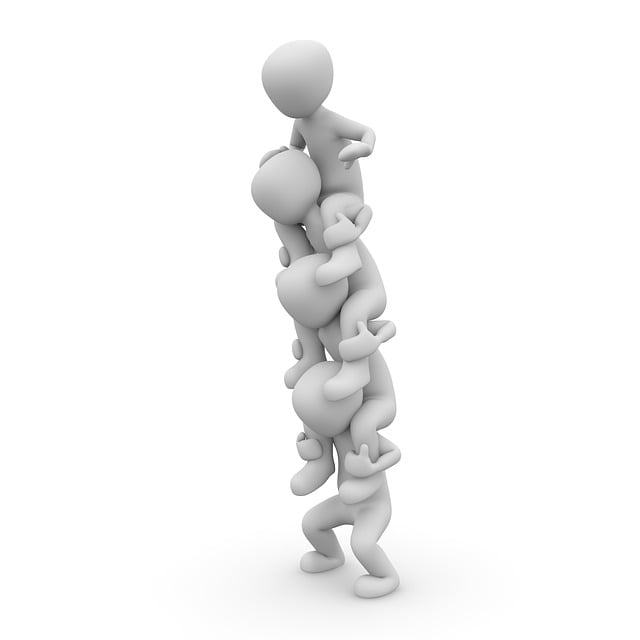Range of motion (ROM) therapy guided by chiropractors is an effective treatment for car crash injuries, focusing on restoring joint function and flexibility lost due to trauma or chronic issues. This approach includes various techniques like passive ROM, active assisted exercises, and active continuous exercises to target muscle stiffness, inflammation, and scar tissue buildup, enhancing recovery from chiropractic care.
Range of motion (ROM) therapy is a crucial approach to recovering from car crash injuries, focusing on restoring joint mobility and flexibility. This article explores how chiropractors play an essential role in guiding patients through specific ROM exercises to alleviate pain and improve post-injury mobility. We’ll delve into the various techniques used, offering insights for individuals seeking effective treatments to enhance their recovery journey after a car accident.
- Understanding Range of Motion Therapy After Car Crash Injuries
- The Role of Chiropractic in Improving Joint Mobility
- Effective Techniques for Chiropractor Guided Range of Motion Exercises
Understanding Range of Motion Therapy After Car Crash Injuries

After a car crash, injuries can affect the range of motion in various parts of the body. Range of motion therapy involves gentle manipulation and guided exercises to improve flexibility and movement. Chiropractors are experts in this type of treatment, specializing in assessing and correcting joint function.
During a consultation, a chiropractor will evaluate the extent of your injuries and create a personalized plan using range of motion therapy techniques. This approach aims to reduce pain, enhance recovery, and restore normal bodily functions affected by the crash. It’s a non-invasive method that can be particularly beneficial for whiplash or other soft tissue injuries commonly associated with car accidents.
The Role of Chiropractic in Improving Joint Mobility

Chiropractic care plays a significant role in improving joint mobility, especially for individuals suffering from reduced range of motion due to car crash injuries. Chiropractors are specialists trained in diagnosing and treating musculoskeletal disorders, including those caused by vehicular accidents. Range of motion therapy is a key component of their treatment approach.
Through gentle manipulation and adjusted techniques, chiropractors can help restore the natural movement of joints, muscles, and connective tissues. This hands-on care addresses the underlying causes of limited range of motion, often related to joint misalignments or soft tissue injuries. For those who have experienced a car crash, this targeted therapy can be a game-changer in managing pain and recovering full functionality.
Effective Techniques for Chiropractor Guided Range of Motion Exercises

Chiropractor guided range of motion (ROM) therapy involves specific, gentle movements designed to restore joint function lost due to injury or chronic issues. For individuals recovering from car crash injuries, this approach can be highly effective. Chiropractors employ a variety of ROM techniques tailored to the patient’s condition and goals, including passive, active assisted, and active continuous movements.
Passive ROM exercises involve the chiropractor moving the patient’s joint through its full range while the patient relaxes. Active assisted exercises encourage patients to participate by providing resistance as the chiropractor guides them through the motion. Active continuous exercises challenge patients to maintain a steady, controlled movement throughout the full range of motion. These techniques are combined based on the patient’s needs, addressing issues like muscle stiffness, joint inflammation, and scar tissue buildup common after car crashes, ultimately promoting healing and enhancing recovery from chiropractic care.
Chiropractic-guided range of motion (ROM) therapy offers a promising approach to recuperating from car crash injuries, focusing on improving joint mobility and function. By employing specialized techniques, chiropractors can effectively enhance ROM, providing patients with long-lasting relief and improved quality of life. This natural, non-invasive method is a valuable asset in the healthcare landscape for individuals seeking alternative solutions to traditional treatments after such traumatic events.














